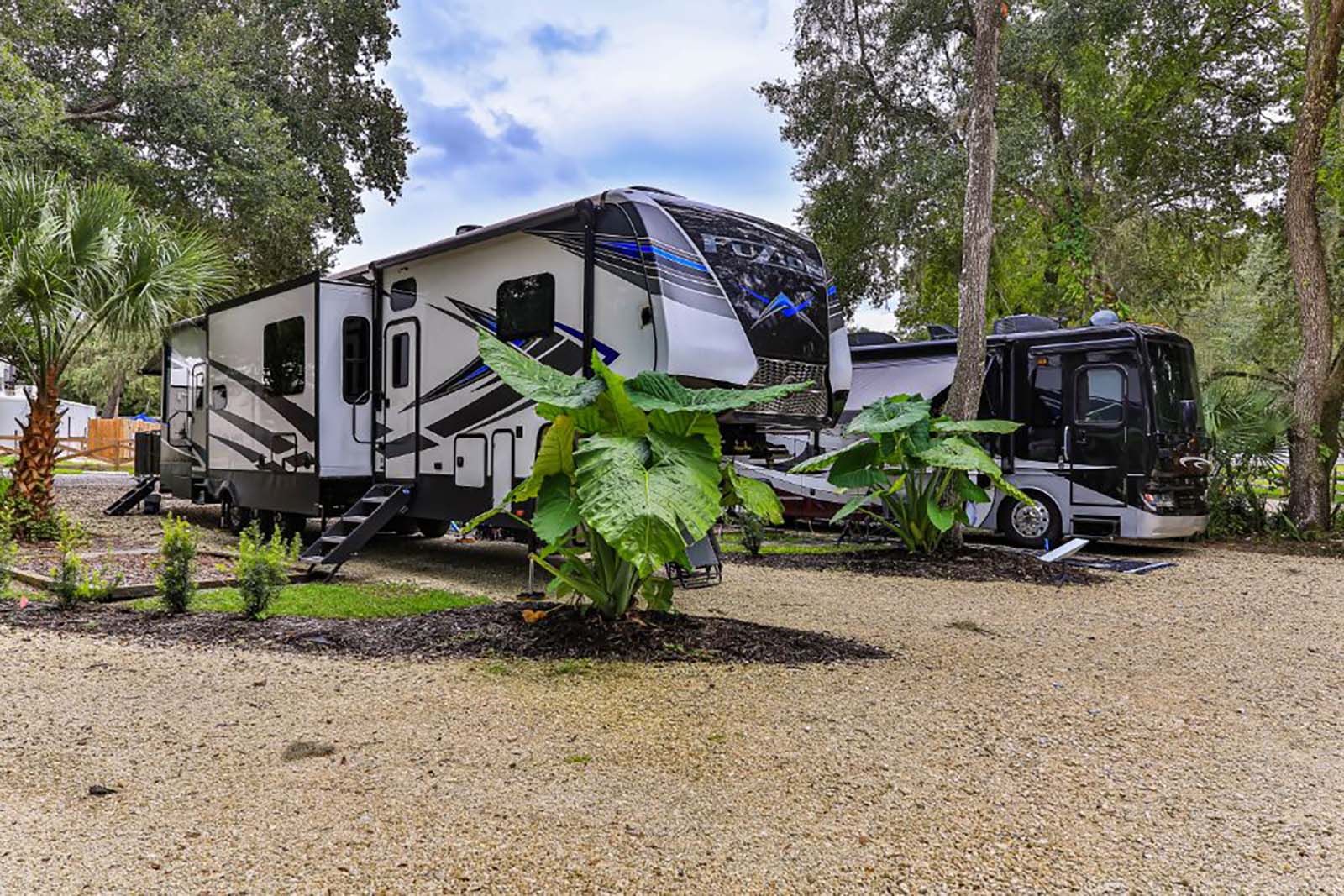How to Charge an RV Battery with a Battery Charger: A Step-by-Step Guide

Introduction
Owning an RV can provide endless opportunities for adventure and travel. However, maintaining the battery is crucial for a smooth journey. In this article, we will guide you through the process of charging your RV battery using a battery charger.Step 1: Choose the Right Battery Charger
To start, ensure that you have a battery charger suitable for your RV battery. Look for a charger that matches the voltage and amperage requirements of your battery. It’s important to select a charger with a sufficient amperage rating to expedite the charging process.Step 2: Safety Precautions
Before proceeding, make sure to follow some safety precautions:
1. Put on protective gear like goggles and gloves to shield yourself from any accidental battery leaks. 2. Verify that the charger is switched off and unplugged from any power source. 3. Ensure the battery terminals are clean and free from corrosion. If needed, clean them with a wire brush.
Step 3: Connect the Charger
Now, let’s connect the battery charger to the RV battery. Follow these steps:1. Identify the positive (+) and negative (-) terminals on the battery. The positive terminal is usually red and marked with a plus sign. 2. Attach the red/positive clamp from the charger onto the positive terminal of the battery. 3. Connect the black/negative clamp from the charger onto the negative terminal of the battery.

Step 4: Configure the Charger
After connecting the charger, configure it according to the manufacturer’s instructions:1. Set the charger to the appropriate voltage, usually 12 volts for an RV battery. 2. Adjust the charging mode to the recommended setting based on the battery type (e.g., standard, deep cycle, AGM).
Step 5: Start Charging
With the charger configured, you are ready to start charging the RV battery:1. Plug in the charger and switch it on. 2. Monitor the charging process and ensure that the charger is functioning correctly. 3. Most modern chargers have automatic features that stop the charging process once the battery is fully charged, preventing overcharging.

